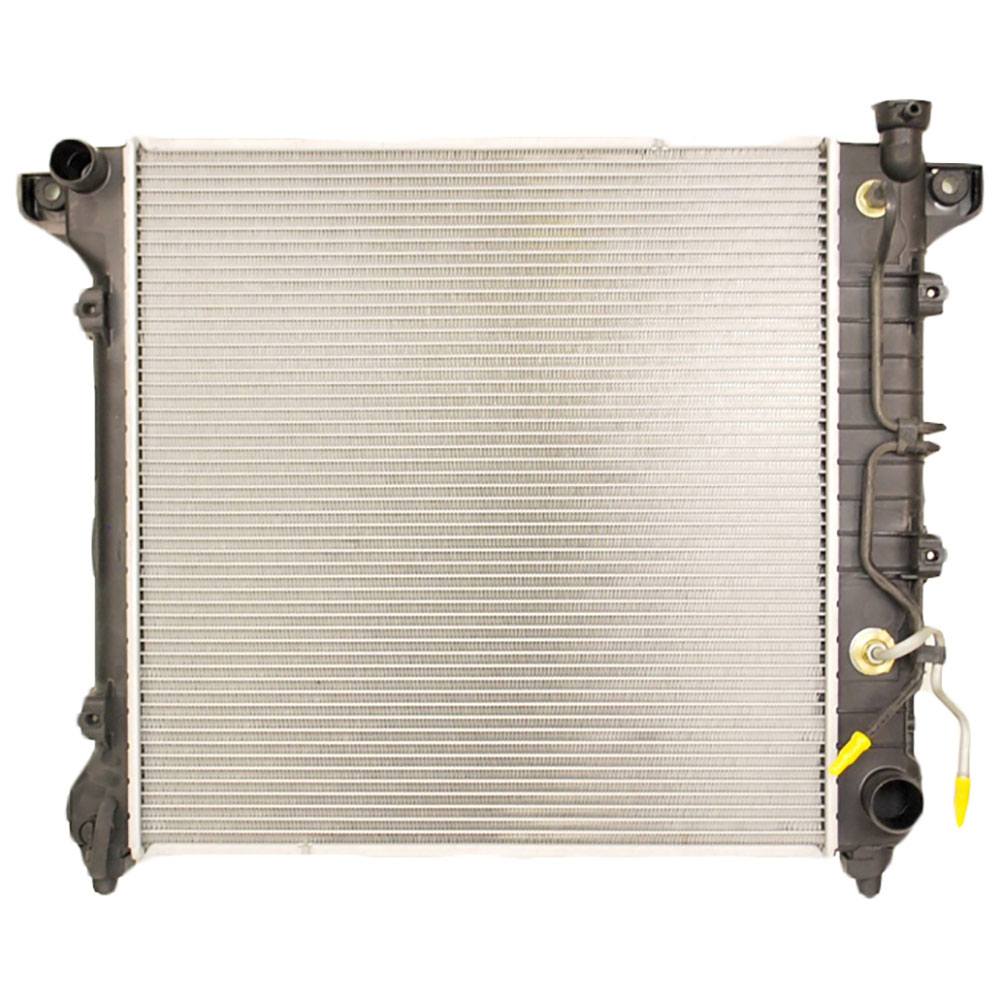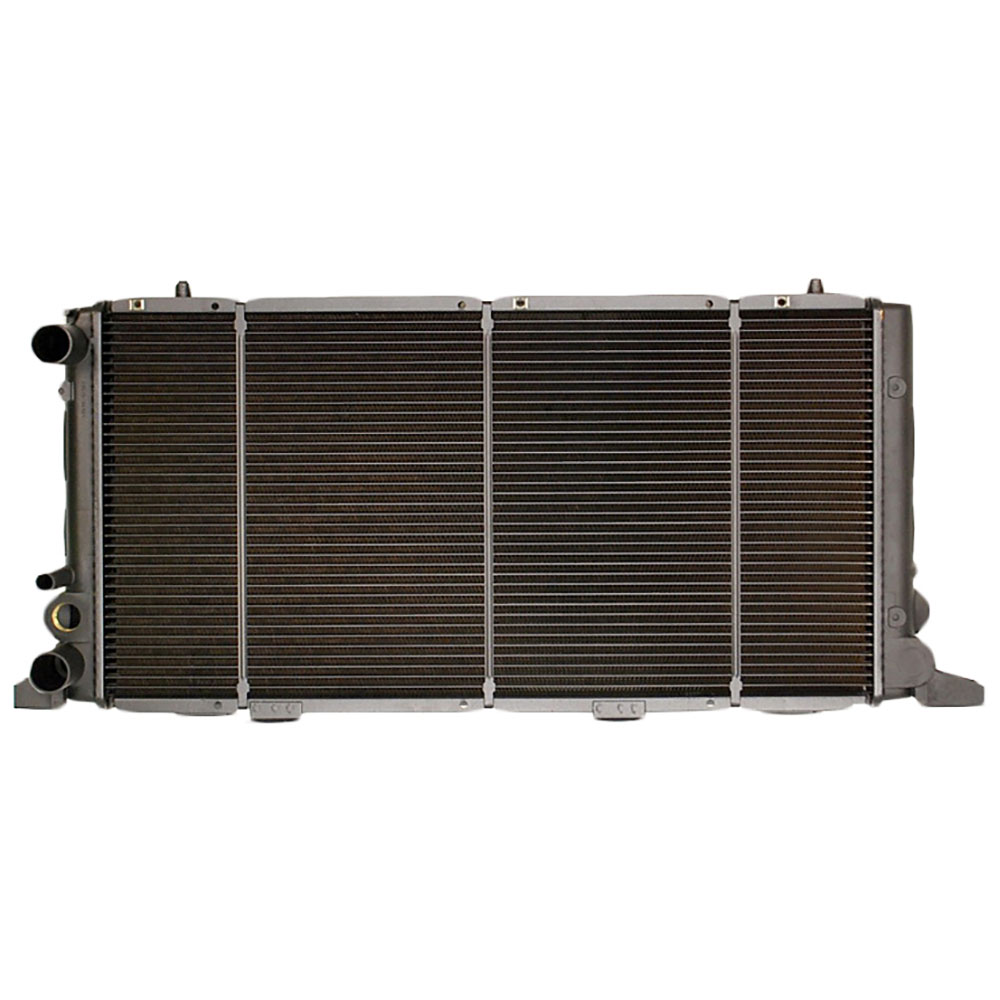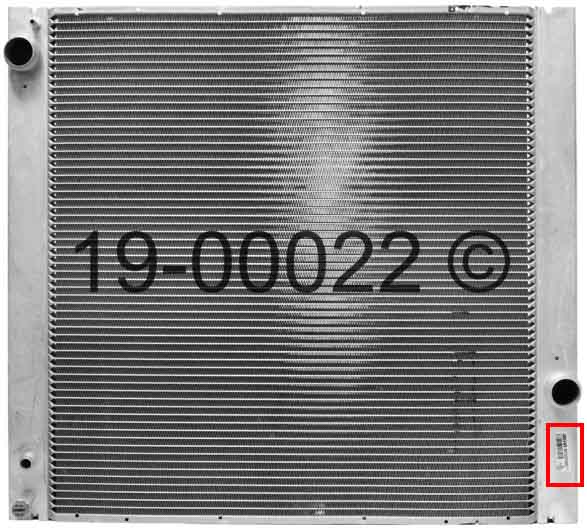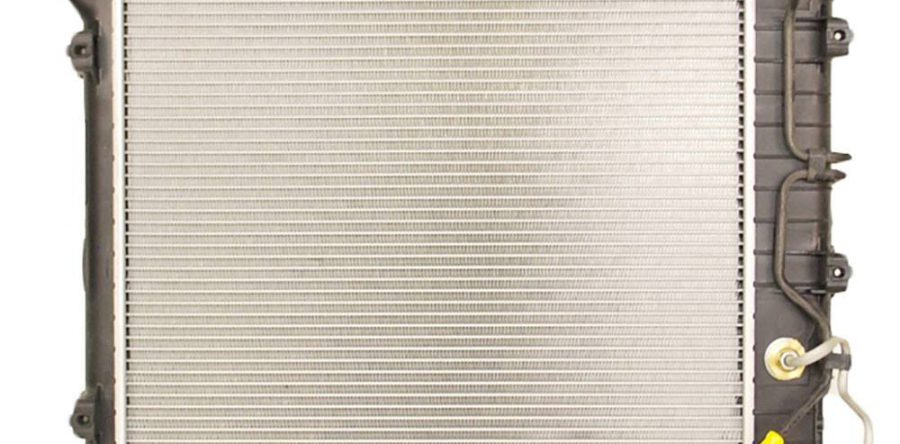How to Buy a Radiator

Cooling systems in an automobile help ensure that your car parts are working at an optimal temperature. Vehicle components normally generate a lot of heat when they are functioning. Their operating temperature should be maintained in a certain range to ensure an ideal performance and longer lifetime. Radiators, basically heat exchangers, are one such kind of systems that aid in maintaining the temperature of the engine. This buyer's guide focuses on the functionality and types of radiators, the problems that can occur in radiators and their symptoms. In addition to providing a clear understanding of radiators, this article will tell you how to make your purchase at BuyAutoParts.com.
Where is the radiator located?
The radiator is usually located in the front of the engine bay. It is held in place by means of a radiator core support which is attached to the frame of the automobile. Radiators have brackets and rubber bushings attached to their top and bottom, respectively. These components keep the radiators in place.

Working of the Radiator Basically, the coolant is the component that brings down the engine's temperature. The coolant from the water pump flows around the engine cylinders to carry the heat away from them. The hot coolant then flows through the upper radiator hose to reach the radiator. The radiator has a series of tubes through which the coolant flows. As the cooling fan blows air into the radiator, the radiator fins absorb the heat from the tubes and release it to the air. The coolant now flows to the water pump via the lower radiator hose to repeat the cooling cycle. Older radiators were usually made of copper and brass, while the newer ones are made of aluminum or plastic. Newer radiators weigh less compared to the older radiators. At the inlet and outlet of the radiators are tanks attached to them that collect the coolant. A transmission cooler is mounted inside the tank which aids in taking the heat away from the coolant. Turbulators are often included inside the radiator tubes to induce a turbulence effect. This results in a better cooling of the coolant. |
Types of Radiators Crossflow Radiators: Crossflow Radiators have the tanks located in the left and right sides of the radiator tubes. The water pump helps move the coolant across the tubes in these radiators. Crossflow radiators are widely used in automobiles these days due to their sleek design. Downflow Radiators: In downflow radiators, the tanks are located at the top and bottom of the tubes. Downflow radiators are generally long and occupy a large space. Note: If your car employs a crossflow radiator, it is better to go with the same kind of radiator while looking for a replacement. Changing the radiator type will require additional adjustments to be made during installation If you are considering replacing your radiator, it is better to check the conditions of its associated components such as the radiator hoses and radiator cap as well. The radiator cap acts as a pressure and vacuum relief valve which allows the coolant to be drawn from the tanks into the radiator to ensure that the coolant is at the optimal level. |
Common Problems with a Radiator
|
Symptoms of a Bad Radiator
|
Tips to Maintain Your Radiator
|
Finding Your Radiator's OEM Part Number BuyAutoParts.com has an easily-accessible online catalog: If you enter your automobile's year, make and model, we will get you the right fit. Otherwise, you can find the right part for your vehicle with the part's OEM (Original Equipment Manufacturer) number. All of your OEM parts carry an OEM number, regardless of the make and model. The OEM number can usually be found on the part itself. If you are unclear about the OEM number, you can call your dealership to get the number. Your dealership will require your VIN (Vehicle Identification Number) to provide you with the OEM number. |
 |
You can place your order for your radiator by browsing through our online catalog. You can find the right match for your vehicle by entering your automobile's year, make and model. You can also place your order by going through our brand-specific list. Take a look at our shipping and warranty policies to know more information. Our pages also display a list of best-selling parts to help you find the highest-moving products of the current market. All our radiators are sold at competitive prices. |
Frequently Asked Questions |
Can I replace a radiator on my own? |
If you are a mechanically-inclined person, you can replace a radiator on your own. Otherwise, it is advisable not to do so as it is a difficult and time-consuming process. Whereas, it is easy to replace the radiator-associated components such as caps, hoses and tanks. |
What are the symptoms and consequences of a bad radiator cap? |
A broken or damaged radiator cap can cause the engine to overheat while running at low speeds. It could also prevent the coolant from flowing back to the engine, resulting in damage to the radiator hoses. |
How often should I change the radiator fluid? |
The coolant (radiator fluid) should be replaced on an interval specified in the manufacturer's manual. Otherwise, the standard interval is often considered between 24,000 and 36,000 miles, or every 24 to 36 months. |
Can I install a radiator from a two-wheel drive vehicle into a four-wheel drive automobile? |
Radiators meant for a specific drivetrain may not work efficiently with a different drivetrain. A four-wheel drive vehicle imposes a lot of stress on the engine, requiring a different radiator than that of a two-wheel drive vehicle. |
How do I find a radiator leak? |
Generally, there are two methods employed to fix a radiator leak. The first method is to introduce a dye into the coolant and then detect the leaky area using an ultraviolet (UV) light system. The second method is to use a pressure tester to increase the pressure in the coolant. This forces the coolant out of the leaky portion. |


